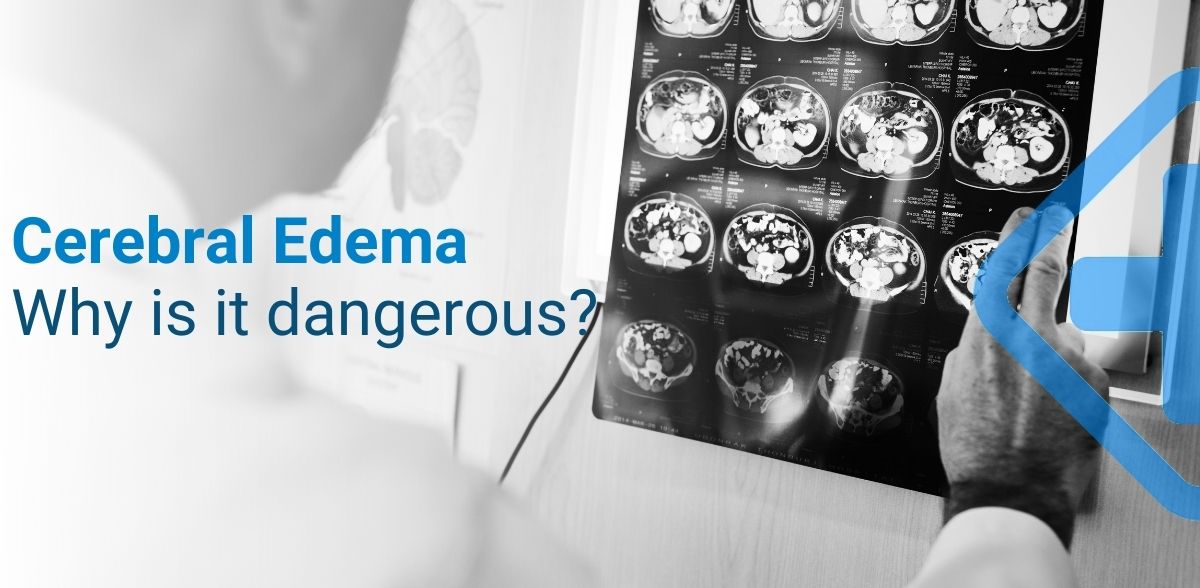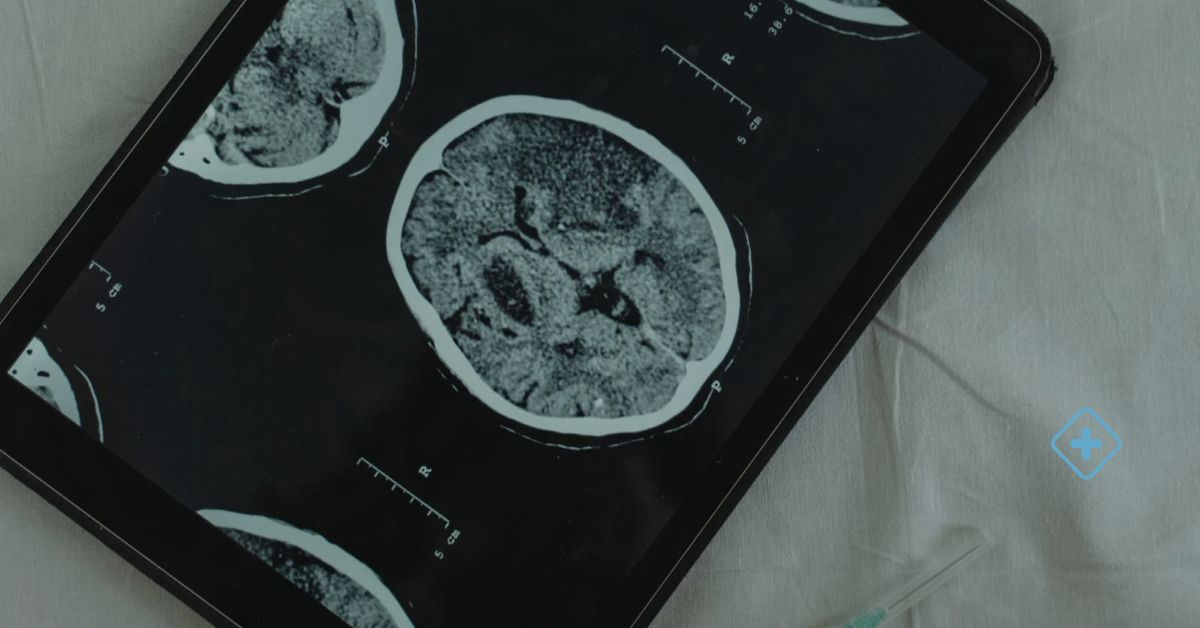
Cerebral Edema
Cerebral edema is one of the most dangerous areas in which this disorder can occur.

Cerebral Edema occurs when there is an accumulation of fluids in the brain cells; this causes inflammation. Brain tissue is one of the most severe areas where this disorder can occur.
Cerebral Edema swollen soft tissues, damaging and causing pain for the patient. This condition causes an increase in the pressure inside the skull, causing a lack of oxygenation and cellular degeneration that can cause death.
Types of Brain Edema
- Cytotoxic edema, fluid accumulates in the cells, causing inflammation. Generally, it's caused by a malfunction of the sodium/potassium pumps and the channels through which fluid enters and leaves the cells.
- Vasogenic edema is the typical type of Cerebral Edema, originating as a consequence of an increased penetrability of the nervous system, due to the rupture of the blood-brain barrier. (Stroke, Brain-Tumor, and traumatic brain injuries, among others).
- Hydrocephalic or interstitial edema, the channels through which the cerebrospinal fluid passes are blocked, causing inflammation of the cerebral ventricles or the areas near the blocked area.
Causes of Brain Edema
-
Hyponatremia occurs when the level of sodium in the blood is abnormally low
-
Hypoxia, when insufficient oxygen reaches the brain, the brain requires a constant supply of oxygen and nutrients to function
-
Bacterial or virus infections (meningitis and encephalitis)
-
Poisoning or poisoning
-
Head trauma, caused by severe blows to the head, such as a car accident (Brain-Contusion)
-
Tumors, either benign or malignant
Symptoms of Brain Edema
We can identify different symptoms, but here we group the most common:
-
Headache
-
Nausea and vomiting
-
Dizziness or Vertigo
-
Blurred vision
-
Trouble with talking and walking
-
Fatigue
-
Stiff neck
-
Changes in the respiratory rhythm
-
Loss of consciousness and could even lead to a coma in severe cases
-
Seizures
Diagnosis of Cerebral Edema
The Neurosurgeon will perform exams, tests, and questions based on your symptoms, lifestyle, and medical history.
We group some of the possible tests that could be carried out:
-
Blood tests allow detecting the cause of inflammation
-
CT Scan or CAT Scan, allows obtaining internal images of the patient, which, linked with data from their clinical history, generates an accurate diagnosis
-
MRI (Magnetic Resonance Imaging) allows you to obtain edema and know what type it belongs to more clearly
Treatment of Cerebral Edema
The treatment provided will be according to the severity and type of Cerebral Edema.
For Cerebral Edema, it is necessary to act immediately to avoid permanent damage to the patient's brain. Therefore, it is essential to eliminate the liquid and, at the same time, seek to reduce inflammation, thus achieving that the brain operates correctly without any problem and with some normality. Only in severe cases, emergency surgery is necessary, in which excess fluid is drained, and pressure and inflammation of the brain are controlled. Failure to take treatment can cause serious problems or even death.
Common treatment options include:
-
Controlled hyperventilation, supplies oxygen through a respirator and other means
-
Hypothermia, low body temperature, this helps to deflate the brain
-
Osmotherapy helps decrease water in brain tissues
-
Diuretics
-
Corticosteroids, a medicine used to reduce intracranial pressure in vasogenic edema
-
Barbiturates, sedative drugs, help decrease intracranial pressure (its use is not recommended for all patients)
-
Surgical interventions, in severe cases, where the patient may die or suffer a stroke
Living with Cerebral Edema
Following the treatment provided by your Neurosurgeon and leading a healthy lifestyle could help improve quality of life.
Here are the most common recommendations:
-
Go to recovery therapy
-
Do not smoke
-
Don't drink alcohol excessively
-
Maintain a healthy weight
-
Eat healthily
-
Eat fruits and vegetables
-
Maintain a low-salt diet
-
In the case of noticing some swelling of the arms and legs, it is advisable to raise them
When to see a Doctor?
It is essential to consult a Neurosurgery specialist to diagnose Cerebral Edema and start a treatment that helps you control symptoms.
When consulting your Neurosurgeon, try to record your pain with a detailed description of the symptoms, duration, and what you think triggered them. Also, mention any medications you are taking.
Contact your Neurosurgeon If you develop any of the specific symptoms mentioned or have been diagnosed with a type of Cerebral Edema, and the symptoms worsen, or the treatment does not work. If you have difficulty breathing, go or call the emergency number +52 (624) 104 3911 for help immediately.
BlueNetHospitals - Hospital Los Cabos
BlueNet Hospitals

Lower Back Pain
The treatment of lower back pain depends on the underlying cause and the severity of the pain and requires the intervention of a traumatology specialist or a neurosurgeon's diagnosis.
Lumbar Spinal Stenosis
Lumbar spinal stenosis occurs when there is a narrowing of the space within the spinal column.
Stroke
A stroke, is a medical condition that occurs when blood flow to the brain is suddenly interrupted.
Hydrocephalus
Causes, Symptoms, Diagnosis and Treatment. Schedule your Appointment Today.
- ¿Necesitas una cita con un Especialista?
- llámanos
- escríbenos
- Conéctate





